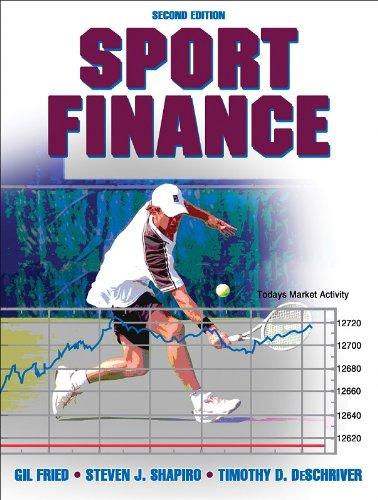Question
You then want to include some examples of how bonds are valued, including: a. An example of the valuation of a 10-year, $1000 par value
You then want to include some examples of how bonds are valued, including:
a. An example of the valuation of a 10-year, $1000 par value bond with a 6% annual coupon if the required return rate is 6%.
b. An example of what happens to the bond value above if the required return increases to 10% or decreases to 4%, particularly as it approaches maturity. Why might this be important to the client?
c. An example of yield to maturity, using a 10-year, 5%, annual coupon, $1000 par value bond that currently sells for $887 and the same bond selling for $1134.20. Why is the fact that a bond is a discount or premium bond matter to the client?
d. An example of how call provisions might impact the investment, considering a 10- year, 10%, semi-annual coupon bond with a par value of $1000, currently selling for $1135.90, producing a nominal yield to maturity of 8%. However, the bond can be called after four years for a price of $1050. You want to demonstrate the bonds nominal yield to call and explain the likelihood of actually receiving either the YTM or YTC.
Step by Step Solution
There are 3 Steps involved in it
Step: 1

Get Instant Access to Expert-Tailored Solutions
See step-by-step solutions with expert insights and AI powered tools for academic success
Step: 2

Step: 3

Ace Your Homework with AI
Get the answers you need in no time with our AI-driven, step-by-step assistance
Get Started


